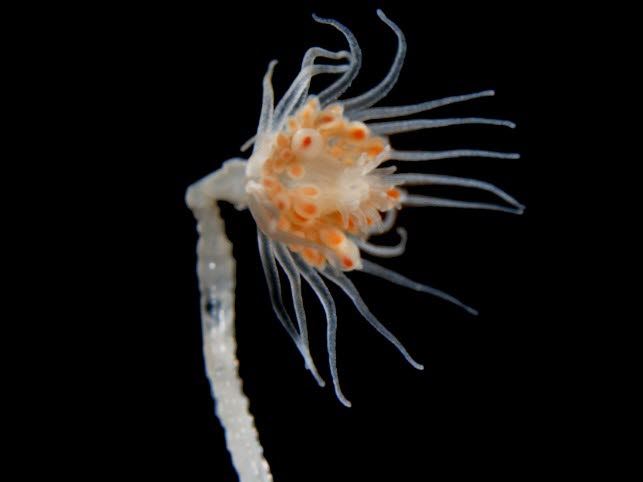The STING project aimed to determine the risks of current biofouling management in Norwegian salmon farming to fish health and biosecurity. STING built on data from an experiment conducted in parallel in 2015 that elucidated if hydroids can cause gill damage and thereby increase the susceptibility of farmed salmon to infection with gill diseases such as Amoebic Gill Disease.
The postdoc project used field and modelling approaches to:
- determine the level of hydroid material farmed salmon are exposed to during cleaning operations,
- identify the proportion of Norwegian salmon farms that may be exposed to gill health risks posed by hydroids, and
- determine the dispersal of cleaning waste released from salmon farms and its ability to facilitate pathogen transport between individual cages or adjacent farms. STING's results directly fed into the development of improved biofouling management practices and technologies to advance fish welfare in Norwegian and international salmon farms.
Data from a survey conducted with 51 salmon farms located along the Norwegian coast showed that hydroids are present on almost every site. Most farmers report that fish behaviour is affected if their cage is cleaned (e.g., reduced appetite, general signs of stress such as jumping) and some farmers report similar impacts on fish behaviour in the neighbouring cage. These findings underline the importance of the study.
A challenge trial, where exposure to cleaning waste was simulated, showed that hydroids can negatively affect gill health. Gill health was significantly poorer in treated fish than in control groups up to 7 days after exposure. Exposure to hydroids had, however, no impact on the development or severity of Amoebic Gill Disease.
This work was published as a journal article and can be found here.
Part of the research was conducted in collaboration with the Norwegian Veterinary Institute (VI) and the Norwegian Institute for Water Research (NIVA).

